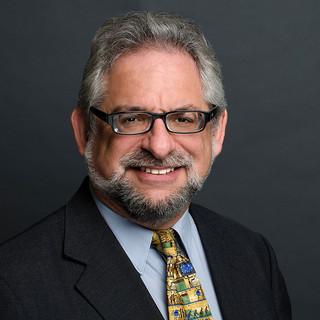Michael Sacks, PhD
Professor, W. A. “Tex” Moncrief, Jr. Simulation-Based Engineering Science Chair I

Email: msacks@ices.utexas.edu
Phone: (512) 232-7773
Office: POB 5.236 (map)
Michael Sacks is professor of biomedical engineering and holder of the W. A. “Tex” Moncrief, Jr. Simulation-Based Engineering Science Chair I. He is also director of the ICES Center for Cardiovascular Simulation-based Engineering. Sacks formerly held the John A. Swanson Chair in the Department of Bioengineering at the University of Pittsburgh. He earned his B.S. and M.S. in engineering mechanics from Michigan State University, and his Ph.D. in biomedical engineering (biomechanics) from The University of Texas Southwestern Medical Center at Dallas.
In 2006, he was selected as one of the Scientific American top 50 scientists. In 2009, he won the Van C. Mow Medal from the American Society of Mechanical Engineers (ASME) Bioengineering Division and the Chancellor’s Distinguished Research Award at the University of Pittsburgh. He is a fellow of ASME and the American Institute for Medical & Biological Engineering, and an inaugural fellow of the Biomedical Engineering Society. He is currently editor of the “Journal of Biomechanical Engineering,” and serves on the editorial board for 27 other journals.
He is a world authority on cardiovascular biomechanics, with a focus on the quantification and simulation of the structure-mechanical properties of native and engineered cardiovascular soft tissues. He is a leading authority on the mechanical behavior and function of heart valves, including the development of the first constitutive models for these tissues using a structural approach. He is also active in the biomechanics of engineered tissues, and in understanding the in-vitro and in-vivo remodeling processes from a functional biomechanical perspective. His research includes multiscale studies of cell/tissue/organ mechanical interactions in heart valves and he is particularly interested in determining the local stress environment for heart valve interstitial cells. His recent research has included developing novel constitutive models of right ventricular myocardium that allow for the individual contributions of the myocyte and connective tissue networks.
